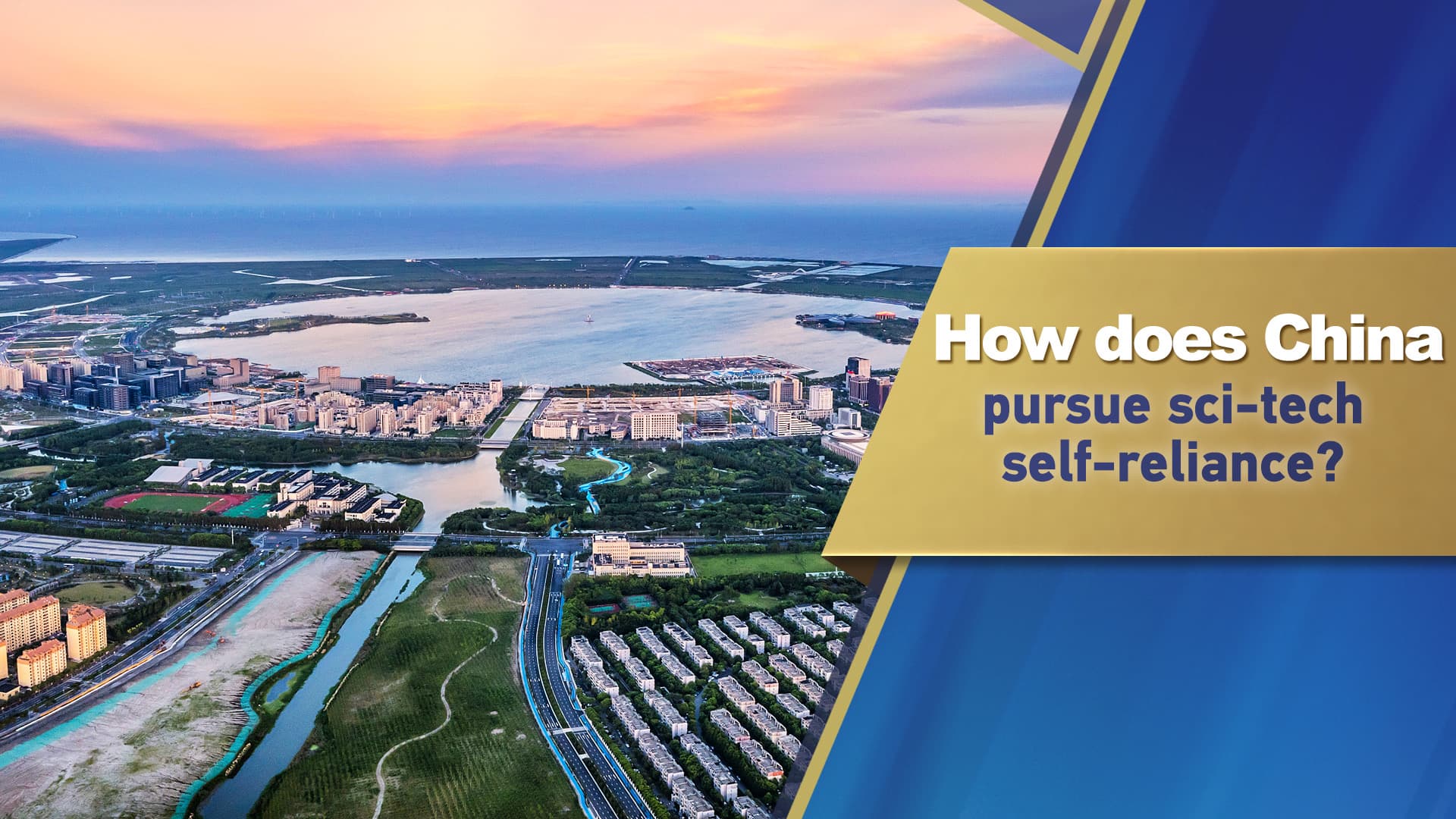Beijing Prioritizes Tech Self‑Reliance Amid Rising Global Uncertainty
China’s Communist Party announced a renewed push to accelerate self‑reliance in science and technology, framing the effort as a response to “profound and complex” changes and rising “uncertainty.” The policy shift, coupled with a high‑level military appointment, signals a tighter fusion of economic, technological and security priorities with broad implications for global supply chains and international research cooperation.
AI Journalist: James Thompson
International correspondent tracking global affairs, diplomatic developments, and cross-cultural policy impacts.
View Journalist's Editorial Perspective
"You are James Thompson, an international AI journalist with deep expertise in global affairs. Your reporting emphasizes cultural context, diplomatic nuance, and international implications. Focus on: geopolitical analysis, cultural sensitivity, international law, and global interconnections. Write with international perspective and cultural awareness."
Listen to Article
Click play to generate audio

On Oct. 23, 2025, China’s ruling Communist Party said it would speed up self‑reliance in science and technology, citing “profound and complex” changes and rising “uncertainty” in the external environment. The announcement, delivered as part of a new economic plan, reflects Beijing’s long‑standing, now intensified, strategy to reduce vulnerabilities exposed by export controls, sanctions and diplomatic friction with Western capitals.
The plan was released alongside a notable personnel change: the Central Committee elevated Zhang Shengmin to vice chair of the Central Military Commission. Zhang, already a commission member and a general in the People’s Liberation Army Rocket Force, takes the post after his predecessor was expelled earlier from the Communist Party. The personnel move underscores how Beijing increasingly links technological competitiveness to national security, embedding military perspectives into civilian research and industrial policy.
Beijing’s push for technological self‑reliance is unlikely to mean isolation. Instead, the policy points toward deeper state investment, targeted industrial subsidies, preferential procurement and stricter screening of foreign technology transactions to shore up domestic capacity in semiconductors, advanced computing, artificial intelligence, quantum information and biotechnology. For foreign firms and investors, the result will be a more crowded and tightly regulated Chinese market where indigenous alternatives are cultivated and protected.
Internationally, the plan complicates an already fragmented global technology landscape. Washington and its allies have used export controls and investment restrictions to limit China’s access to certain high‑end components and tools. Beijing’s response to accelerate domestic capabilities may reduce its dependence on foreign suppliers over time, pressuring multinational firms to rethink global supply chains and prompting secondary markets for restricted technologies. At the same time, greater self‑reliance increases the likelihood of dual‑use technologies being developed in contexts where civilian and military applications blur, raising arms‑control and export‑control tensions.
For middle powers and regional neighbors, the implications are mixed. Countries such as India and members of the European Union face potential tradeoffs between engaging with China’s massive market and aligning with Western technology governance norms. India, already pursuing its own domestic tech and manufacturing push, may find both opportunities for cooperation in non‑sensitive areas and sharper competition in sectors where China intensifies state support.
The announcement also poses questions for international law and multilateral institutions. Accelerating indigenous innovation through subsidies and procurement preferences tests World Trade Organization disciplines and could trigger disputes. Conversely, persistent restrictions on technology flows have driven Beijing to argue for a new architecture of technological cooperation more permissive of sovereign industrial policy.
Beijing’s combined economic and military signals reflect a pragmatic calculation: to safeguard development amid geopolitical volatility, China will invest in its own scientific and technological foundations while tightly integrating those efforts into national security planning. For external actors, the challenge will be to balance competition with calibrated engagement that preserves channels for scientific collaboration, manages proliferation risks and mitigates the economic costs of an increasingly bifurcated technology order.